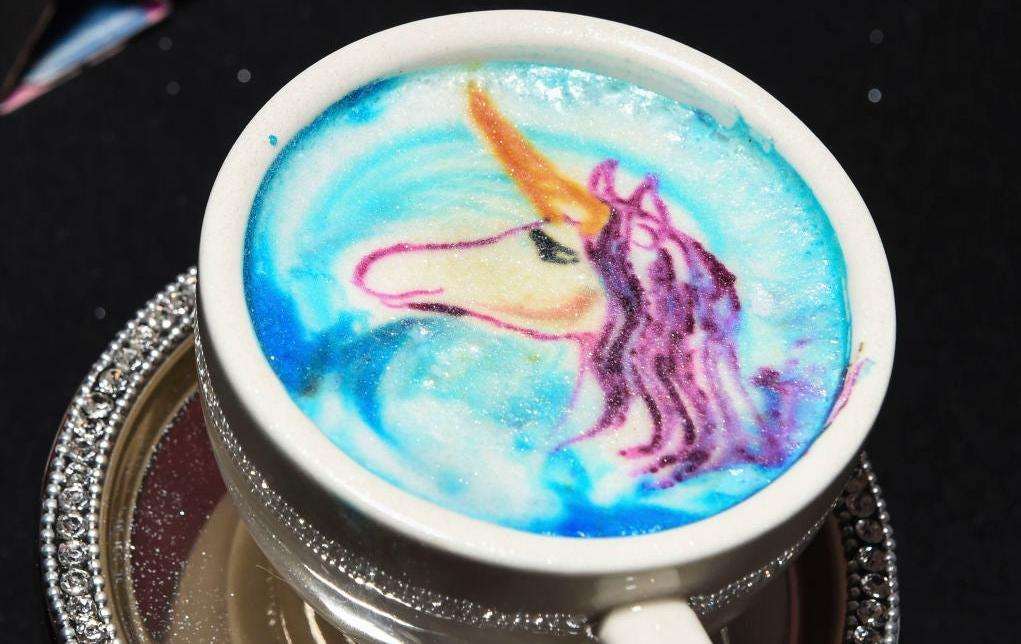Social Media Is Influencing The Hell Out Of How We Eat
A recent poll demonstrates just how much our phones relate to our food.
Back in 2019, Vox explained the phenomenon of "ghost berries" on Instagram, or high-contrast images of blackberries and raspberries enrobed in a frosty white layer of ice crystals within a smoothie bowl or in miniature dishes. This isn't the way our berries look when we actually eat them, but boy, was it important to photograph them this way for a while. "In the age of Instagram," said Vox writer Kaitlyn Tiffany, "food is even more of a product than it was previously." And when food is a product, you want to show it off more than you want to eat it.
A new survey conducted by OnePoll on behalf of California Figs gathered some interesting data about how people's relationship to food is formed through social media. Surveying 2,000 participants, OnePoll found that 44% of respondents post pictures of food to their feeds "frequently," with 59% of people confirming that they have stopped a friend from eating a meal—or been stopped from eating their own meal by a friend—so that a great photo of the dish can be captured before the first bite. As someone whose Instagram grid is a patchwork of hot dogs and pet dogs, I can relate.
But these tendencies to snap and share the best possible photos of food—57% of respondents confirm they rotate or rearrange the dish to get a better angle—can actually shape what it is we're eating. The survey found that 53% of us get recipe inspiration from social media feeds rather than the more traditional channels, and that certainly tracks with the feta pasta craze we saw in February, and the sourdough boom of the early pandemic days.
Most bafflingly, though, is the fact that around 40% of people order food specifically in order to post it to social media—that is, they order the food, photograph it, and don't eat it. Some instances of this might be explained away by understandable factors, like the gigantic sizes of some Instagram-friendly delicacies. How many people are likely to polish off this entire thing in the middle of the day?
But of that 40% of people who order the food and don't eat it, 19% of those people indicate that they never intended to eat it in the first place. That's some real next-level influencing right there. Keep in mind, this is only a survey of 2,000 people, so I don't think too many people are doing this on a daily basis. But then again, maybe I've just never asked. Do you, reader, ever order food just to document it on TikTok? And if so, what on earth happens to the food after you capture the perfect angle?
As always, we can take these "findings" with a grain of salt. Still, while the sample size is small and the questions are perhaps a bit leading, the fact that a fig producer is even collaborating with a media company to gather this data in the first place should tell us a lot about how the images that show up on our feed end up literally feeding us. (Sorry to be cute. I figure the longer I keep you here with bad wordplay, the longer it will take you to return to TikTok or Instagram and start getting a disastrous hankering for peanut butter milk.)
